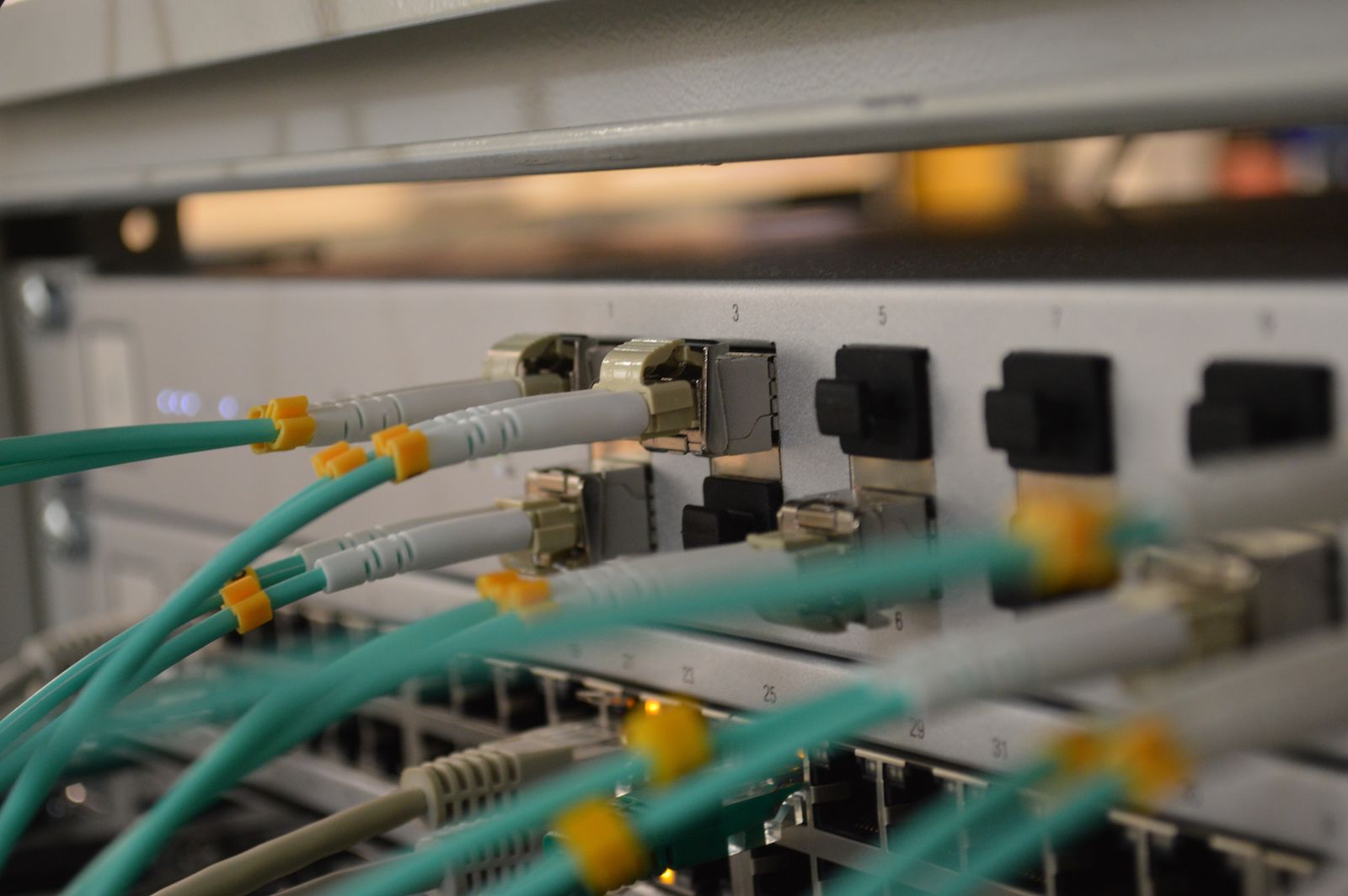Your property’s WiFi system is doing a lot more now than it did a few years ago. Not only are your guests streaming video, but they are also using WiFi for Zoom meetings, to make calls and text on their phones, gaming and engaging on social media. WiFi is being used more extensively by your staff and management to keep in touch around the property, connecting point-of-sale tablets and security cameras.
Is your WiFi system up to handling these growing and increasingly important demands?
Your current WiFi system should be kept up to date to meet guest expectations and service business needs and may need upgrades to handle the increasing workload.
First, make sure your current system is working the best it can:
- Is all the software and firmware up to date?
- Are all access points powered up and on the network?
- Are all access points mounted per manufacturer guidelines?
These are questions best answered in a discussion with your system vendor (one reason to maintain a service agreement).
Once you are confident that the current system is working at it’s optimum, ensure that there is enough bandwidth feeding the system. Your system vendor can also help you evaluate this.
If your current system is working at its peak capacity and your guests and staff are still experiencing issues, then it’s time to look into upgrades for your WiFi system.
If your system controller or access points are more than three years old, consider their capabilities and compare to current models and see if an update of the controller, the access points or both make sense. If you have any controllers or access points that are more than 5 years old, then it is definitely time to update them.
If any of the network switches and routers in your system are not capable of a least gigabit thruput they need to be replaced. Even if you have less than a gigabit of bandwidth coming into your property older slower switches will significantly impede overall system performance. When replacing them consider looking to the future and instead of replacing them with gigabit switches and routers spend a few dollars more and get newer generation 2.5 or 5Gb capable devices.
Lastly consider the wiring and Ethernet patch cords in your system. Ethernet cables and RJ45 connectors that are physically damaged need to be replaced and wires exposed to the elements that may be waterlogged or damaged from sun exposure should also be replaced. Older Cat5 wire and Cat5 patch cords can slow down systems and create intermittent issues.
As technology advances, newer Wi-Fi standards and protocols offer faster speeds, greater bandwidth, and improved signal quality and stability. By upgrading equipment and firmware, you can leverage these advancements and provide your guests and employees with a faster and more reliable network connection and better overall experience.



